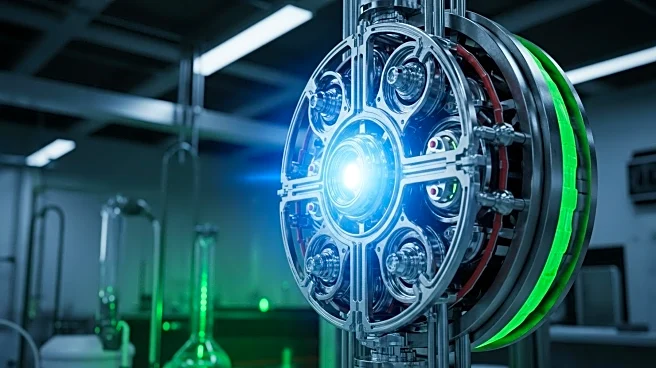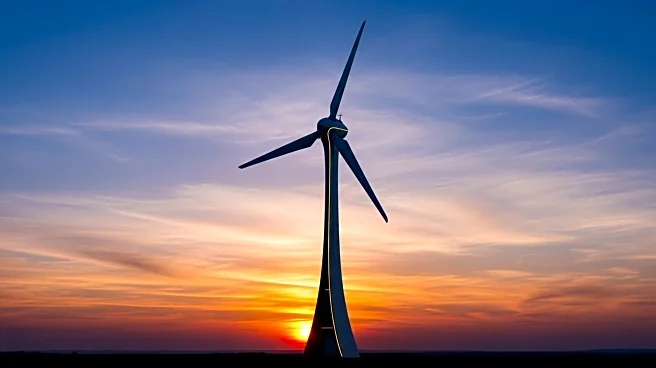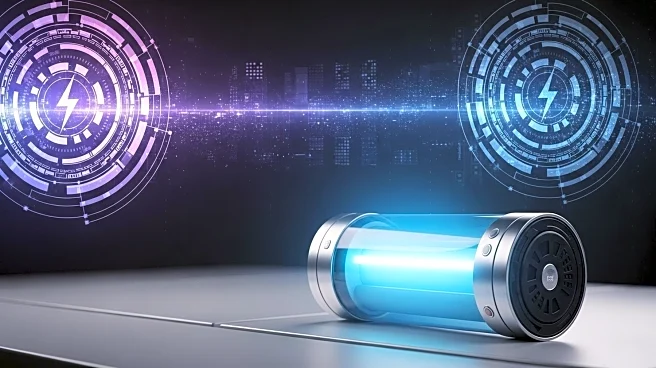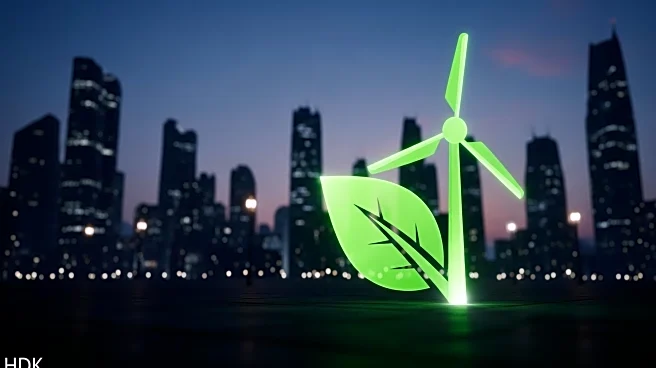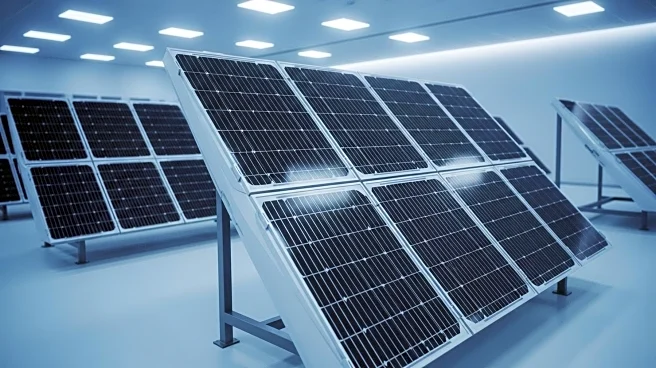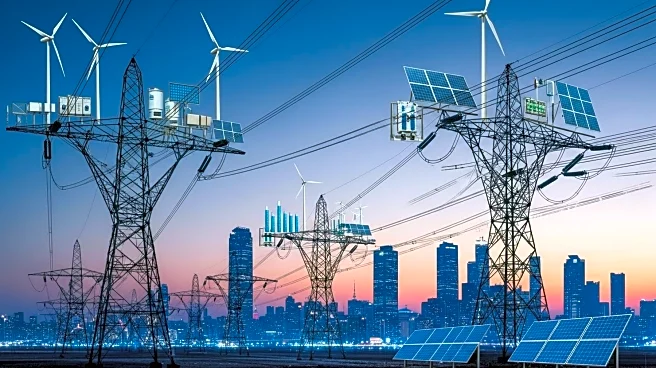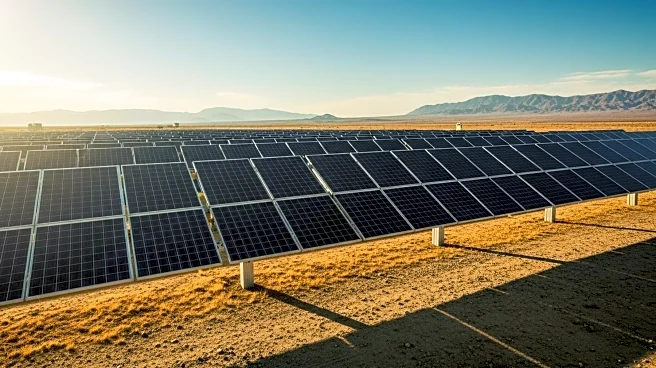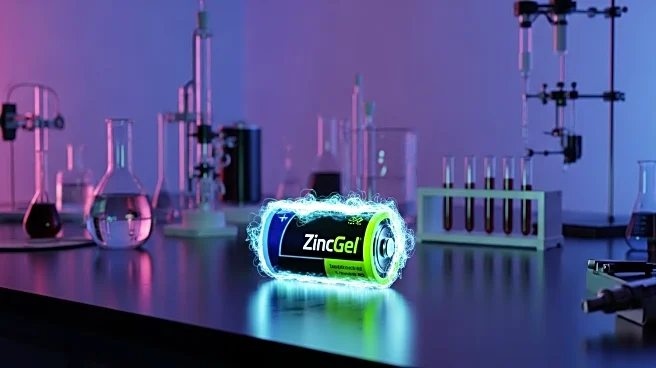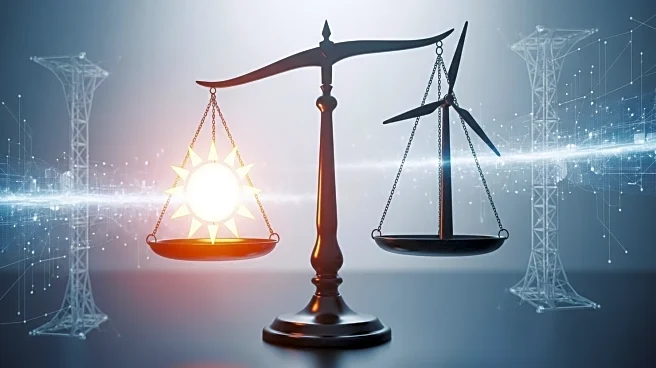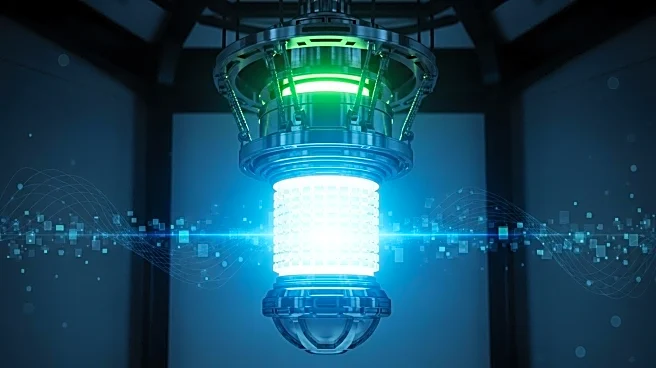What is the story about?
What's Happening?
Researchers at the Idaho National Laboratory have developed a more efficient and stable protonic ceramic fuel cell/protonic ceramic electrolysis cell (PCFC/PCEC). These devices, which can operate in both fuel cell and electrolysis modes, are designed to convert electricity and steam into hydrogen and vice versa. The team, led by Wei Tang, Wenjuan Bian, and Dong Ding, has improved the structural design of these cells, enhancing their performance and longevity. By using a novel multilayer structure and specific ceramic materials, the researchers have increased the cells' efficiency in hydrogen production, addressing previous stability issues under high steam conditions. This advancement is significant for the future of hydrogen as a clean energy source.
Why It's Important?
The development of more efficient and stable PCFC/PCEC devices is crucial for the advancement of hydrogen as a key component in the U.S. energy landscape. Hydrogen is seen as a potential clean energy carrier that can help reduce carbon emissions and provide energy storage solutions. The improved efficiency and stability of these cells could lower costs and increase the viability of hydrogen production, making it a more attractive option for industrial applications and energy storage. This innovation supports the U.S. Department of Energy's goals for clean energy and could lead to significant economic and environmental benefits.
What's Next?
The Idaho National Laboratory team plans to scale up the technology for industrial applications, aiming to bridge the gap between laboratory-scale devices and full-scale industrial systems. The researchers are focused on advancing the technology to higher readiness levels, which could lead to commercialization. If successful, these devices could play a significant role in the U.S. energy sector, providing a clean and efficient method for hydrogen production and energy storage.
AI Generated Content
Do you find this article useful?
